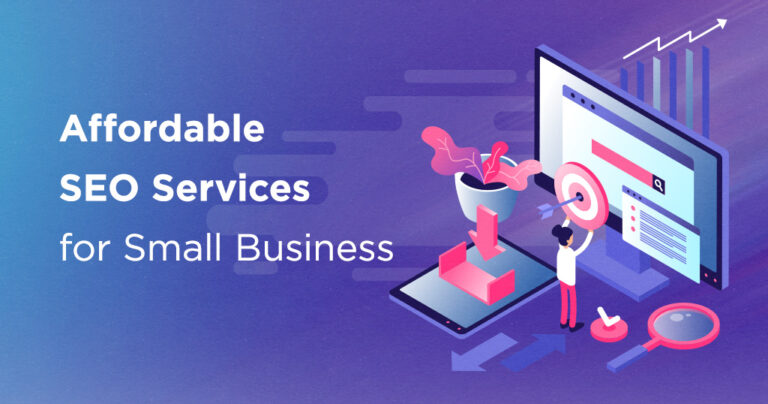Building a Business Risk Management Framework That Works
In today’s uncertain economy, businesses face a growing number of risks operational, financial, legal, and technological. Without a structured approach, these threats can derail growth or even shut down operations. That’s where a business risk management framework becomes essential. It provides a systematic method for identifying, assessing, mitigating, and monitoring risks across all levels of an organization. Whether you’re a startup founder or a seasoned enterprise leader, adopting a proactive framework isn’t just about avoiding problems it’s about building resilience, earning trust, and staying competitive.
What Makes a Risk Management Framework Essential Today?
A risk management framework isn’t just a checklist it’s a mindset embedded in your operations. From data security threats to supply chain vulnerabilities, a modern business must be prepared for disruptions. A strong framework helps you prioritize what matters most, align with regulatory standards, and make faster, more confident decisions. In an environment shaped by market volatility, global crises, and digital transformation, managing risk isn’t optional it’s strategic.
Identify Risks Before They Become Problems
The first step is recognizing what could go wrong. This includes external threats like market downturns and internal ones like process failures or staffing issues. By analyzing your industry, reviewing past incidents, and interviewing key stakeholders, you create a complete picture of potential vulnerabilities. The sooner you identify a risk, the easier it is to control.
Evaluate the Impact and Likelihood of Each Threat
Not all risks are equal. A business risk management framework helps you assess each one based on its probability and potential impact. For instance, a rare cyberattack could still warrant top-level attention if the damage would be catastrophic. On the other hand, frequent but minor risks may need simpler mitigation tactics. Prioritization is key to using resources wisely.
Design Controls That Minimize Disruption
Once risks are ranked, it’s time to act. Build safeguards and response plans tailored to the severity of each risk. This might include cybersecurity protocols, legal reviews, insurance policies, or employee training. Effective controls don’t just protect they empower your team to respond swiftly and consistently when challenges arise.
Monitor and Improve Continuously
Risk is never static. Your framework should include regular reviews, audits, and updates. As your business grows or market conditions change, so do your risks. A flexible system that evolves with your strategy ensures you’re not caught off guard. Encourage a risk-aware culture where employees at all levels stay alert and report early.
FAQs About Business Risk Management Frameworks
What is the main goal of a risk management framework?
To help businesses proactively manage uncertainty and reduce negative impact across all operations.
Is risk management only for large companies?
No. Small and mid-sized businesses benefit equally sometimes more because a single risk event can have greater consequences.
How often should you update your framework?
Ideally, every quarter or immediately after a major operational, financial, or regulatory shift.
What tools can help automate risk tracking?
Platforms like LogicGate, Resolver, and SAP GRC can assist in digitizing and scaling your framework.
Does every department need its own risk plan?
Yes. Each unit faces unique challenges and should contribute to the overall risk strategy.
